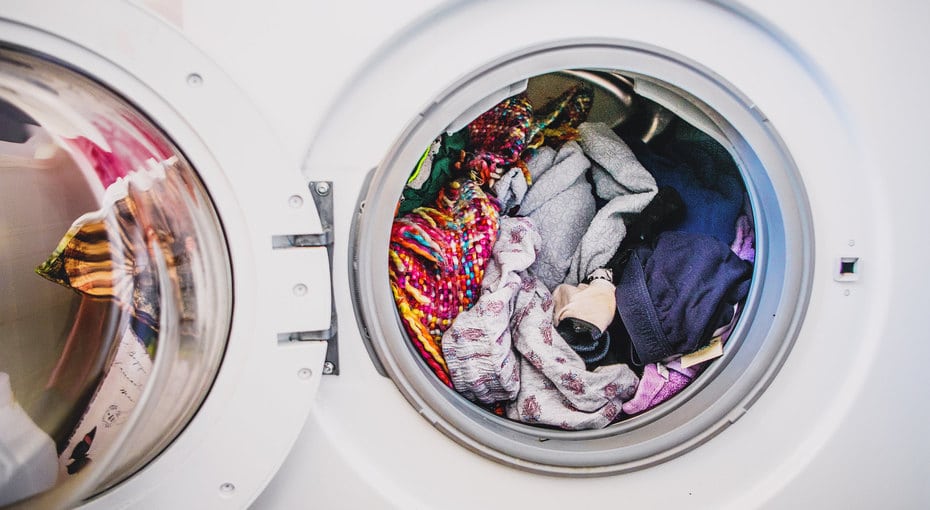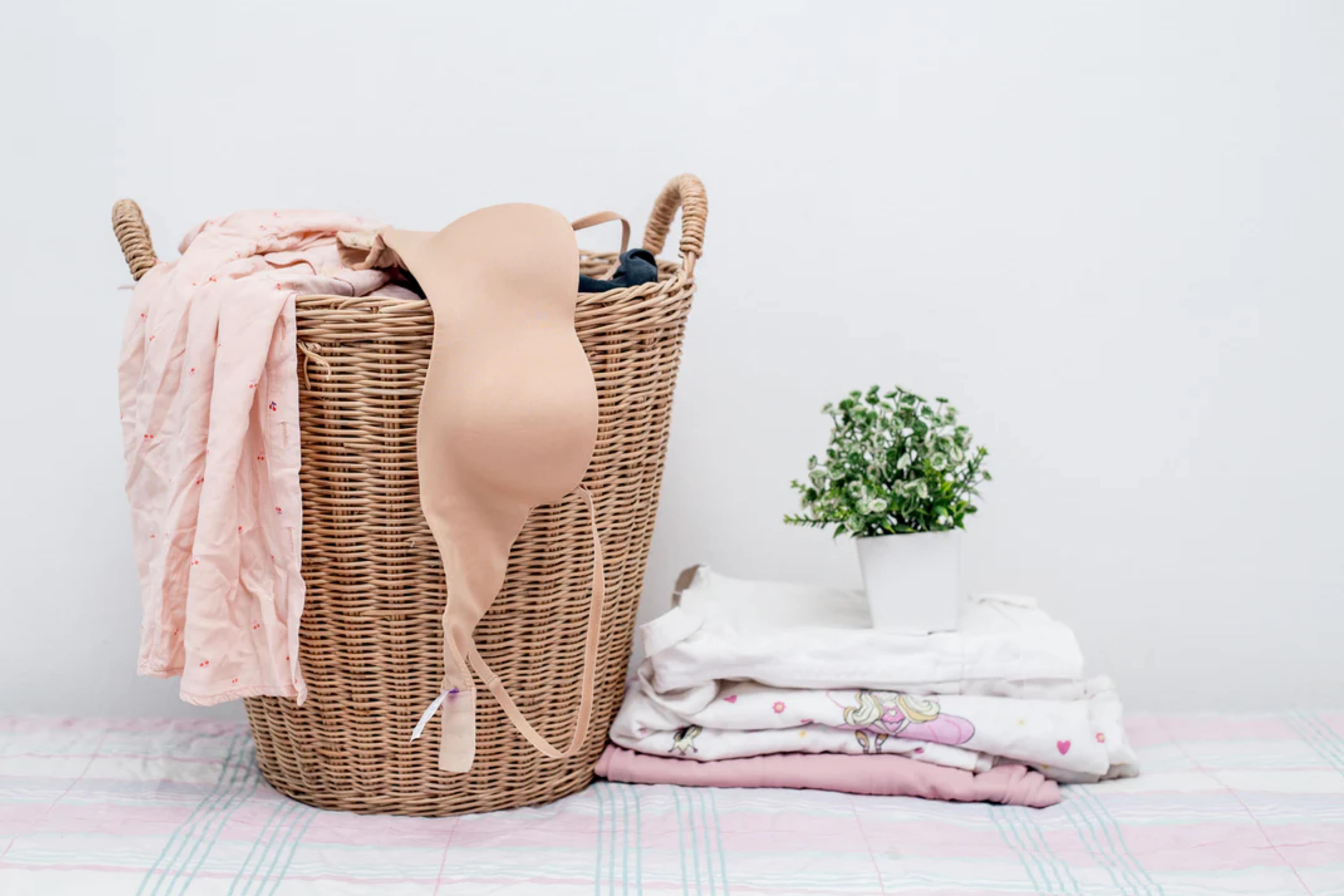In a world conscious of sustainability, vegan leather has emerged as a popular alternative to traditional leather. It offers a cruelty-free and environmentally friendly option without compromising style or durability. While it may not require the extensive care that animal leather needs, maintaining its pristine condition is essential to prolong its lifespan. Caring for vegan leather involves understanding its unique composition and learning the appropriate cleaning and maintenance techniques.
This article will navigate you through the versatile world of vegan leather, offering expert advice on how to keep it in top-notch condition. We’ll provide proven tips and tricks, and delve into the comparative methods for cleaning different types of vegan leather.
Whether you are a fashion enthusiast or an eco-conscious consumer, this guide will help you maintain your vegan leather items in the best way possible.
Understanding Vegan Leather
Before diving into the cleaning process, gaining insight into what vegan leather is made of is crucial. Vegan leather is crafted from a variety of materials, each with its unique texture and characteristics.
1. Introduction to Materials
Vegan leather is commonly made from polymers like PVC and PU, which are plastic-based materials. However, innovations in technology have led to the development of more sustainable options created from plant-based materials like apple peels, pineapple leaves, and mushroom roots.
Comparison Between Materials
- PVC and PU: These are durable and affordable but are not biodegradable, and their production can be harmful to the environment.
- Plant-based Leather: It is more sustainable but can be more expensive and may lack the durability of plastic-based vegan leather.
2. Choosing the Right Material
When selecting vegan leather, consider your priorities. If sustainability is your main concern, opt for plant-based leather. However, if you prefer durability and cost-effectiveness, synthetic leather could be your best bet.

Cleaning Vegan Leather
Once familiar with the composition of vegan leather, the next step is learning the appropriate cleaning methods. The cleaning techniques vary based on the material composition, and applying the wrong method can cause irreversible damage.
To clean vegan leather effectively, you will need soft cloths, mild soap, warm water, and a soft-bristle brush. Avoid using harsh chemicals or abrasive materials as they can damage the surface.
Step-by-step Cleaning:
a. Dust off the surface gently with a soft cloth.
b. Prepare a mixture of mild soap and warm water.
c. Clean with a soft-bristle brush or cloth in circular motions.
d. Dry the item away from direct heat or sunlight.
Preserving Vegan Leather
Cleaning is only half the battle; preserving vegan leather to extend its life is equally essential. Proper maintenance can prevent cracks, peeling, and other forms of damage.
Essential Preservation Tips
a. Store in a cool, dry place.
b. Keep away from direct sunlight.
c. Use suitable protection products to enhance durability.
Implementing Preservation Techniques
Utilizing the correct preservation techniques ensures the longevity of your vegan leather items. Regular conditioning and proper storage are universal practices beneficial for all types of vegan leather. However, particular attention should be given to plant-based leather as it is more prone to damage from environmental factors.

Final Thoughts
Maintaining vegan leather might seem demanding, but understanding its unique characteristics and applying suitable cleaning and preservation methods can make it hassle-free. Whether you prefer the sustainability of plant-based leather or the durability of synthetic options, proper care can make your vegan leather items last and look new for years. Choose wisely, clean carefully, and preserve meticulously to enjoy the benefits of vegan leather to the fullest.
This guide has provided a comprehensive overview on how to clean and maintain vegan leather, allowing you to make informed decisions and ensure the longevity of your items. Embrace the cruelty-free and stylish option of vegan leather and enjoy it in its best condition for years to come.
Addressing Common Issues
It’s natural for vegan leather to encounter wear and tear over time. Addressing common problems is integral in preserving its appearance and functionality.
Identifying Common Problems
Vegan leather, especially the synthetic types, can experience peeling, discoloration, and stiffness over time. Identifying these issues early on is crucial in mitigating further damage.
Implementing Solutions
After identifying the problem, acting swiftly is critical. Utilize appropriate solutions based on the type of vegan leather you possess. Regular inspections can prevent minor issues from becoming significant problems, ensuring the aesthetic and functional integrity of your items.

The Environmental Impact
While vegan leather is a sustainable option, it’s crucial to understand its environmental implications, whether positive or negative, to make more informed, eco-conscious decisions.
Assessing Sustainability
The production of vegan leather, especially plant-based ones, generally has a lower environmental impact compared to animal leather, contributing to reduced carbon emissions and water usage.
Making Eco-friendly Choices
Being aware of the environmental implications enables you to make eco-friendlier choices. Opting for plant-based leather can be a significant step towards sustainability, promoting ecological balance and ethical consumption.

Vegan Leather and Style
Lastly, the aesthetic appeal of vegan leather cannot be understated. It has evolved to meet various stylistic preferences, making it a versatile material in the fashion world.
Evolving Fashion Trends
Vegan leather has become a staple in contemporary fashion. Its versatile nature allows for its use in various items such as jackets, shoes, bags, and more, making it a desirable option for style enthusiasts.
Styling Vegan Leather
- Mix and Match: Combine vegan leather pieces with different textures and fabrics.
- Accessorize: Use vegan leather accessories to enhance your overall look.
- Layering: Vegan leather jackets and vests can add a chic layer to your outfit.
Vegan leather provides an excellent medium for self-expression. Its diverse range and adaptability allow for a myriad of styling options, enabling individuals to create unique and personalized looks while staying conscious of environmental and ethical considerations.
The Dos and Don’ts of Maintaining Vegan Leather: A Comprehensive Guide
Vegan leather has taken the fashion world by storm, offering a stylish and cruelty-free alternative to traditional leather. However, maintaining vegan leather requires a careful approach to ensure its longevity. Here’s a comprehensive guide on the dos and don’ts to make your vegan leather last longer.
Dos:
Do Regular Cleanings:
Regular cleaning is pivotal in maintaining the integrity of vegan leather. Utilize a soft cloth and mild soap solution to gently clean the surface, removing dust, dirt, and stains promptly.
Do Use Specialized Products:
Opt for products specifically designed for vegan leather. These are usually less harsh and help in preserving the material’s structure and appearance. Using specialized cleaners and conditioners is especially crucial for plant-based leather to maintain its texture and flexibility.
Do Store Properly:
Proper storage is essential in preserving the quality of vegan leather. Store your items in a cool, dry place away from direct sunlight, and use padded hangers for items like jackets to maintain their shape.
Do Protect from Extreme Conditions:
Vegan leather, especially plant-based, is sensitive to environmental conditions. Protect it from extreme temperatures, humidity, and direct sunlight to prevent cracking, peeling, and discoloration.
Do Regular Inspections:
Regularly inspecting your vegan leather items for signs of wear and tear can help in addressing issues early on. Look out for peeling, stiffness, and discoloration and address them promptly with suitable solutions.
Don’ts:
Don’t Use Harsh Chemicals:
Avoid cleaning agents with harsh chemicals as they can damage the surface of vegan leather. Opt for mild, eco-friendly cleaners to maintain the material’s integrity and appearance.
Don’t Overexpose to Moisture:
While cleaning, avoid over-wetting the material. Excessive moisture can penetrate the material, causing it to lose its structure and lead to deformities. Always dry thoroughly after cleaning.
Don’t Use Abrasive Materials:
Avoid using abrasive materials like rough brushes and scouring pads, as they can scratch and damage the surface of vegan leather.
Don’t Neglect Regular Maintenance:
Neglecting regular maintenance can lead to irreversible damage. Regular cleaning, conditioning, and proper storage are essential in maintaining the quality and longevity of vegan leather.
Don’t Ignore Manufacturer Instructions:
Always refer to the manufacturer’s care instructions provided with the product. These instructions offer the most accurate guidance on how to maintain the specific type of vegan leather.
Enhancing Longevity
1. Conditioning:
Regular conditioning can keep vegan leather soft and supple, preventing it from becoming brittle and cracking over time. Use a suitable vegan leather conditioner, following the instructions on the product, to maintain flexibility and sheen.
2. Quick Action on Stains:
Addressing stains immediately can prevent them from setting in. Use a soft, damp cloth to gently blot the stain and avoid rubbing, which can spread the stain and damage the surface.
3. Proper Storage:
Storing vegan leather items correctly can prevent deformation and damage. Use padded hangers for jackets and store bags stuffed with paper to maintain their shape. Avoid plastic covers, which can trap moisture, leading to mold and mildew.
Impact of Proper Maintenance
Maintaining vegan leather correctly not only extends its lifespan but also contributes to sustainability. By keeping your vegan leather in optimal condition, you reduce the need for frequent replacements, subsequently reducing waste and consumption. Additionally, proper care preserves the aesthetic appeal of vegan leather, allowing you to enjoy your stylish pieces in their prime condition for longer.
To sum it up, vegan leather offers a conscientious and fashionable choice, merging style with ethical and environmental considerations. However, it demands thoughtful care and maintenance to retain its charm and durability. By adhering to the dos and don’ts and implementing regular maintenance practices, you can ensure the longevity of your vegan leather items and continue to enjoy their aesthetic appeal.
Regular cleaning, proper storage, and protection from harsh environmental conditions are crucial in preserving the quality and appearance of vegan leather.
Conclusion
Vegan leather, with its ethical and environmental appeal, has indeed come a long way in establishing itself as a viable alternative to traditional animal leather. Its maintenance might seem intricate, but with the right knowledge, cleaning and preserving vegan leather can be a smooth and rewarding process. By selecting vegan leather products and caring for them meticulously, you contribute to a more sustainable and compassionate world while enjoying a versatile and stylish material.
Keep abreast of the latest developments in vegan leather and make informed decisions to get the most out of this innovative material.











